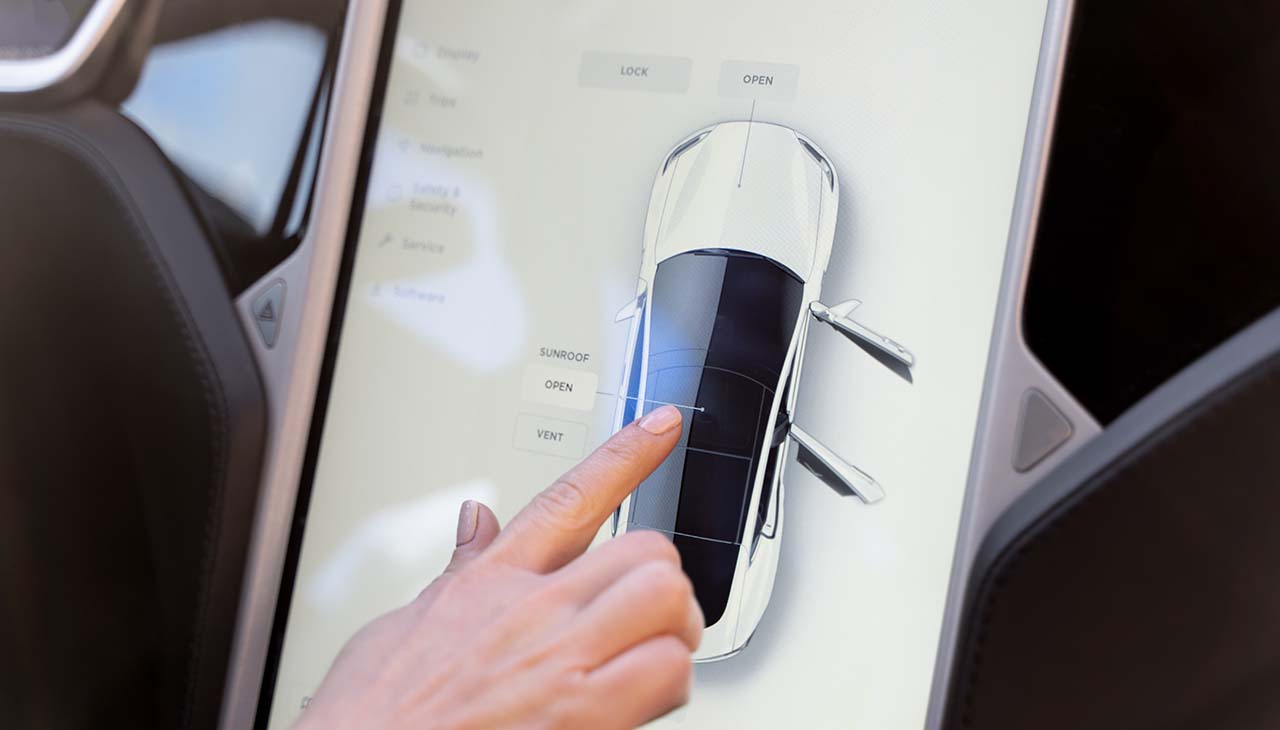Driving is an integral part of everyday life for millions globally, offering freedom, mobility, and the convenience of reaching desired destinations. However, driving also poses significant risks when not approached with caution and responsibility. Each year, road traffic accidents claim lives and cause injuries, many of which could be avoided with defensive driving techniques. This article explores key defensive driving strategies that are not only practical but can significantly reduce the risk of accidents and save lives.
1. Stay Alert and Avoid Distractions
In an era dominated by smartphones and digital gadgets, distractions are more prevalent than ever. A compelling example underscoring the importance of focus comes from a driver who noticed a reckless driver swerving dangerously. By staying alert and avoiding the distraction of a ringing phone, they were able to safely change lanes and avoid a potential major accident. This scenario highlights the critical need for drivers to maintain their full attention on the road, ensuring that all senses are tuned to the environment and that mobile devices are out of reach while driving.
2. Maintain a Safe Following Distance
A crucial aspect of defensive driving is maintaining a safe distance from the vehicle ahead, allowing ample time to react in emergencies. This principle proved lifesaving for a commuter who, during rush hour, maintained a generous following distance, providing enough time to stop when the vehicle ahead unexpectedly braked to avoid hitting a stray animal. The practice of the three-second rule, extending to five or more seconds in poor road conditions, is a simple yet effective way to gauge and maintain a safe following distance.
3. Navigate Adverse Weather Conditions Wisely
Adverse weather conditions, such as rain, snow, or fog, significantly affect visibility and road traction. A driver’s successful navigation through a sudden snowstorm, by reducing speed, increasing following distance, and using headlights, emphasizes the importance of adjusting driving behavior to match weather conditions. This approach minimizes the risk of accidents and underscores the need for drivers to adapt proactively to ensure safety in challenging driving environments.
4. Understand and Utilize Vehicle Safety Features
Modern vehicles come equipped with a range of safety features designed to assist drivers. The importance of understanding and utilizing these features was dramatically demonstrated when a driver used ABS brakes to stop quickly and safely on a wet road, preventing a rear-end collision. Familiarity with one’s vehicle, including its braking system, stability control, and airbags, can significantly enhance safety on the road.
5. Be Aware of Surroundings and Anticipate Potential Hazards
Awareness of one’s surroundings and the ability to anticipate potential hazards are key components of defensive driving. A recent graduate of a defensive driving course credited their training for the ability to anticipate and avoid a collision with a suddenly turning cyclist. Such incidents highlight the value of constantly scanning the road, pedestrian pathways, and blind spots, preparing for the unexpected and providing margin for evasive actions.
6. Control Speed and Share the Road Safely
Speed control is fundamental for safe driving, allowing more time to respond to unexpected situations. A driver’s mindful decision to obey speed limits and maintain a safe distance enabled them to stop in time for a family of ducks crossing the road. This action reflects the broader duty of drivers to share the road responsibly with all users, including other vehicles, cyclists, and pedestrians, ensuring mutual safety and respect.
7. The Role of Defensive Driving Courses
Defensive driving courses play a pivotal role in equipping drivers with the skills and mindset required to drive safely. These programs offer comprehensive training on the strategies discussed, from hazard anticipation to speed control, and provide practical tips on navigating a variety of road conditions. Given the dynamic nature of road environments and driving challenges, continuous learning and skill enhancement through such courses can significantly improve driving competence and road safety.
8. Impact of Driving Behavior on Personal Safety
Ultimately, the impact of driving behavior on personal safety and the safety of others cannot be overstated. Each decision made behind the wheel has the potential to prevent accidents and save lives. By adopting defensive driving techniques and maintaining a responsible attitude towards driving, individuals can make a positive impact on road safety, contributing to a safer environment for everyone.
In conclusion, defensive driving encompasses a range of techniques focused on staying alert, maintaining safe distances, navigating adverse conditions, understanding vehicle features, being aware of surroundings, controlling speed, and ongoing education. Real-life examples illustrate the lifesaving potential of these techniques, highlighting the importance of proactive, responsible driving. By committing to these practices, drivers not only protect themselves but also safeguard the well-being of their communities, making our roads safer for everyone.




